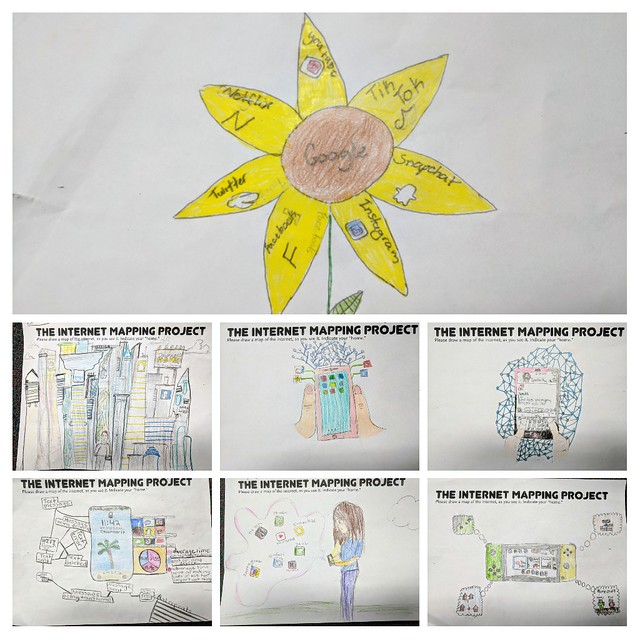 (This is for the Slice of Life challenge, hosted by Two Writing Teachers. We write on Tuesdays about the small moments in the larger perspective … or is that the larger perspective in the smaller moments? You write, too.)
(This is for the Slice of Life challenge, hosted by Two Writing Teachers. We write on Tuesdays about the small moments in the larger perspective … or is that the larger perspective in the smaller moments? You write, too.)
It was only as I was watching it on the screen that I suddenly remember why we watched only PART of this video last year. At the reference to Whale penises, I was up and at the computer.
Let me explain …
We are working on a lesson around Fake News, and hoaxes, and one of the earliest hoaxes that used the aspect of global news to its advantage was the Nantucket Island Serpent Hoax of 1937, in which a local puppeteer maker teamed up with the local newspaper to report on sightings of a serpent off the coast of the island. It was a publicity stunt for tourism, but the newspaper’s role and its connection to wire services made the story go viral.
That part of the video is fine. Interesting. Nicely paced. Funny, at the right moment of the reveal.
Then the video shifts into a wider discussion of other fictional serpents, in places like Loch Ness and Lake Champlain, etc. Still, fine, and the kids are tuned in. They are curious.
Suddenly, the video takes a shift into explaining what people might have seen and thought were mythical creatures. Thus, not only a reference to the, um, whale’s large body part, but also a flash of pictures to, well, prove the video’s point about said whale body part. By then, I was at the computer, moving things along to the next slide in my presentation in front of a now rather-silent classroom of sixth graders.
Funny, but not one of them asked me about it, although I heard some surprised mutterings at the video references, and they didn’t blink an eye as I kept the lesson rolling.
Me? I was all professional on the outside, just moving things along, folks, just moving things along. Nothing to see here. Inside, though, I was kicking myself for not taking the time to watch the whole video in the morning. I had relied on my using the video last year for using it this year … but I didn’t leave a note for myself from last year. (Self, leave a note for yourself … Self, just did that … thank you … you’re welcome … now, remember … Ok).
Note: feel free to watch the video yourself …
Peace (some days),
Kevin
 We’re in the starting phases of our Hero’s Journey Video Game Design Project right now, and as students hash out the story they are going to tell in the form of a video game, they have to brainstorm the “story-frame” and sketch out the levels of their games. The storyboards will become maps for the design, done in Gamestar Mechanic.
We’re in the starting phases of our Hero’s Journey Video Game Design Project right now, and as students hash out the story they are going to tell in the form of a video game, they have to brainstorm the “story-frame” and sketch out the levels of their games. The storyboards will become maps for the design, done in Gamestar Mechanic.







